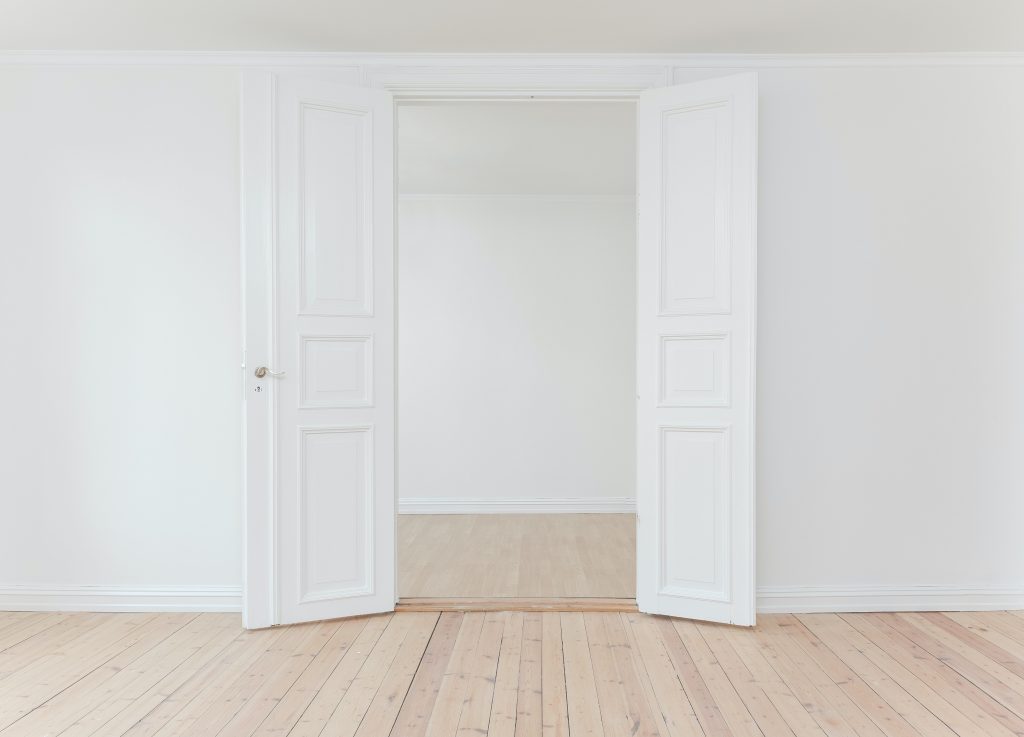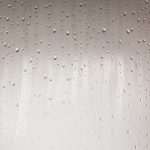
The Healthy Home Standards
Let’s talk about the Healthy Home Standards! It’s been a buzz for quite some time (years in fact) in the industry, and we tenants are ready for change. The standards were bought about to help renters live in more warm, dry and comfortable homes which also affects the landlords. But we are going to dive into the renter’s perspective – as that’s why these standards were introduced!
The HHS outline a few different factors needed to improve the performance of rental properties including heating, ventilation, insulation, moisture ingress/drainage and draught stopping.
Firstly, let’s note this is a great first step in improving building standards in New Zealand. It’s also great for tenants because it now means there is a certain level of performance for homes. And for landlords, while it may mean some investment into meeting these standards, it will improve the performance of your property meaning less upkeep / quick fixes for condensation, mould and ventilation issues etc.
Alright so let’s dive into each of the aspects of the Healthy Homes Standard.
- Heating
In 1947 it was New Zealand law to have a fixed heating system in every single house. At this time, it was likely a fireplace and if not a beloved fireplace, then another heating solution was installed. However, over time this has been forgotten about, to the point where some properties have little, to no mandatory heating.
Fast forward to July 1, 2019 – the Healthy Home Standard became NZ law, with compliance timeframes outlined from here.
In 2020 the heating standard came into effect, whereby all landlords must provide at least one fixed heater to heat the main living room.
Flaw one: The main living area, including any hallways or areas that are connected to the main living area that aren’t obstructed with a wall or door will also be heated when you heat the living area. If you live in an open plan home this basically covers every area of your house except your bathrooms, bedrooms and maybe your laundry. That’s right – that one heat pump needs to be sized able to heat this total area, and because those areas also have walls and windows for heat to be lost, the heat pump needs to be pretty big.
So, what is the adequate temperature for my house? The criteria are that the area with the heater has to be able to be heated to 18degrees on the coldest night of the year.
Flaw two: I don’t know about you, but 18degrees on the coldest night of the year is not warm, nor is it comfortable. The standards don’t allow for occupants to be warm, dry and comfortable rather they just aim to keep people alive. I mean….?!
The Healthy Home Calculator was designed to help us measure the required heating for each property, taking into consideration the age of the house, size, height of walls etc. which gives us the number of kilowatts required to heat said property.
Flaw three: The calculator is based on houses, not apartments which means apartments are having heat pumps installed widely oversized, because unlike houses which have six sides to loose heat (4 walls, roof, and floor), an apartment only has two as the others are internal walls/floors shared with the neighbouring apartment. So based on the HHS your two-bedroom apartment now has a heat pump which is likely too big for the property, reducing the efficiency and durability of the heat pump, taking up extra space, and possibly being cost-prohibitive to run.
- Insulation
Let’s start this with an example. It’s the middle of June, there’s a strong southerly wind, the South Is. has received a decent dumping of snow on the mountains and us folk in Auckland are feeling it too. Before we step outside, we go to the winter wardrobe, we pull out our warmest outfit – thermal tops, warm jumpers/jackets and pants. But instead of putting these on our body, we just opt to wear socks, boots and a beanie. Question – do you think we will still feel the cold?? Answer – Absolutely! Now let’s repurpose this scenario for the insulation in our house. Question – where does the insulation go and where should it go? Answer – Everywhere! (Unless of course you don’t want your house to be warm).
Flaw one: The Healthy Home Standard states it is only mandatory for insulation in your home to be in the ceiling and floor. But what about the walls and windows you say? Well, it’s just like stepping out in only your boots and beanie – you will still feel the cold.
This is a political debate and for many homes insulating walls would require removing cladding / weather boards to install the insulation. So while it isn’t the full solution, it is the first (easy) step in the right direction.
- Ventilation
The two places where moisture occurs the most in homes is the bathroom and the kitchen – so the requirement is to have extractor fans at the source. But what about the rest of the house? To properly ventilate the whole house (like, actually proven with science properly), windows must be open for 20mins of every hour, all day, every day. Yes. You read that right. The windows must be open 1/3 of each and every hour of the day and night. This just isn’t realistic, particularly when it’s cold and wet! Regardless of this, we can open our windows but without wind the moisture won’t transfer far. So, what can we do? Where there are extractor fans (bathroom/kitchen), ensure these stay on for a minimum of 30 minutes after use, or longer, if possible, otherwise the moisture will sit and form… mould!
- Moisture ingress / drainage
Both of these are standard for every home and a basic requirement that all properties should have. However, having these set out in the standards means it brings homes up to a livable standard and that there are penalties to landlords that choose to ignore those standards.
- Draught stopping standard
This means no gaps in the ceilings, windows, walls, sky lights, floors, doors – anywhere with noticeable draughts. These are all areas that renters can check and ensure that if there are any draughts they are seen to – not only helping the performance of the house, but also increasing the comfortability for the occupants.
In summary, the Healthy Home Standards are a good first step on a path to improving New Zealand’s building stock. The aim is for all Kiwis to live in a warm, dry and comfortable home. While there are some issues such as the heating calculation, but with future iterations these can be tightened up.
For more information on the Healthy Home Standards, check out Oculus’ Healthy Home Guide.




